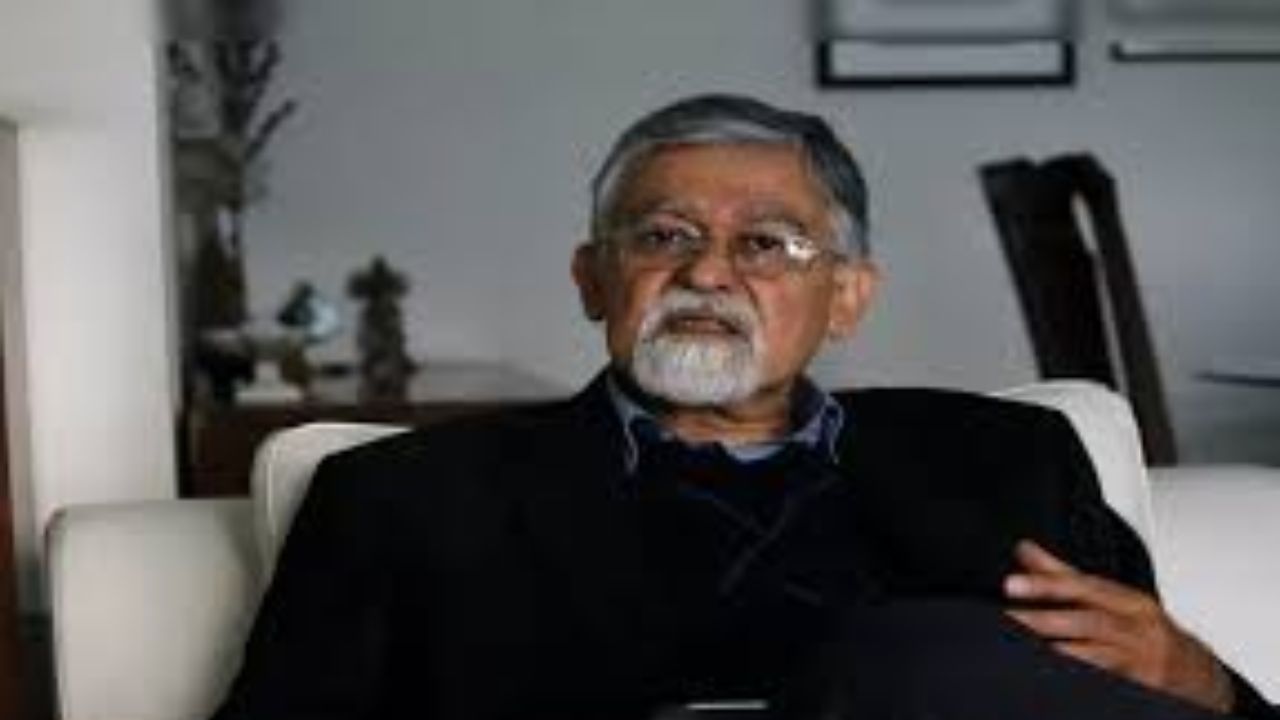Us Tariff Threat Analyzed as Classic Game‑Theory says Niti Aayog’s Arvind Virmani
“This appears to be a classic case of game theory. The US statement seems aimed at enhancing the credibility of a threat.”

With increasing apprehension that US may levy some tariffs on Indian export starting Aug. 1, Arvind Virmani, part of NITI Aayog, has termed the development as a classic game theory. During an interview with the NDTV Profit, Virmani made it clear that these statements are normally strategic in nature, i.e., they are intended to increase the credibility of a threat, but not indicating a decisive change of policy.
“This appears to be a classic case of game theory. The US statement seems aimed at enhancing the credibility of a threat.”
He emphasised that it is all about perception building but India should not dilute the argument of its negotiators.
Also Read: Noida Photojournalist Stabbed Eight Times After Objecting to Stray Dog Feeding
“Don’t believe in everything what opponent said,” he added.
US President Donald Trump has rekindled trade tensions by saying that India might be forced to pay a 20-25% tariff, as trade negotiations prove to drag on without any solution to be agreed on.
Although Trump made it clear that the ultimate rate is not approves yet, he reaffirmed his position as a tariff king by saying that India has imposed higher tariffs as compared to other nations- even though it is a good friend.
Hopes of a temporary trade agreement have since died and the negotiations have now turned to accomplishing the first phase within a September-October timeline.
Also Read: ‘Takes Credit but Not Blame’: Priyanka Gandhi Slams Centre Over Pahalgam Security Lapse
But the proposed 20 and 25 per cent tariff hike would reduce the Indian competitiveness at least in the short term, particularly against competitors such as Vietnam (20 per cent), Philippines (19 per cent) and Indonesia (19 per cent) who all have lower duties at the moment. On the contrary, agreements on tariffs of the EU, UK, and Japan were already negotiated better in the more favourable range of 10-15%.
“The baseline of zero duty has shifted. Many conventional producer countries are operating at an average tariff below 5%."
Virmani, on the loss of competitive edge of India, cited a changing landscape of world trade, in which relative advantage held by India is beginning to change.
As he observed, these are some of the moves as part of the wider negotiation approach, which implies that tariffs and placement should also be changed.
Also Read: Pahalgam Attackers Entered India From Pakistan Three Years Ago, Officials Confirm
For breaking news and live news updates, like us on Facebook or follow us on Twitter and Instagram. Read more on Latest National News on The National Bulletin


